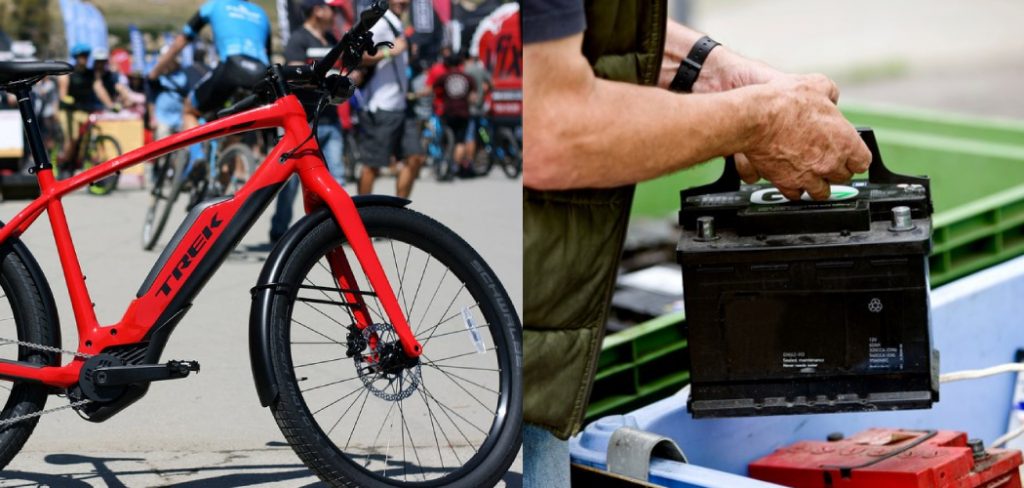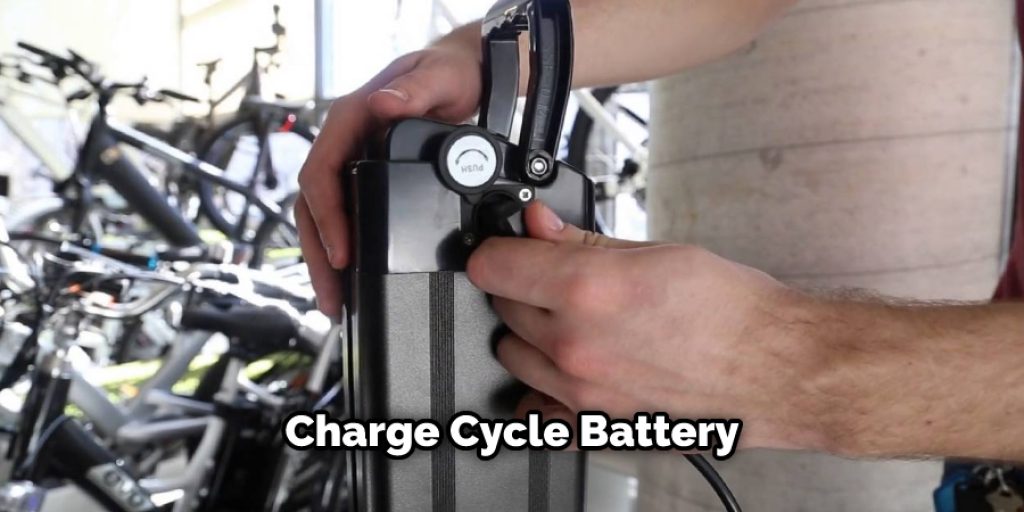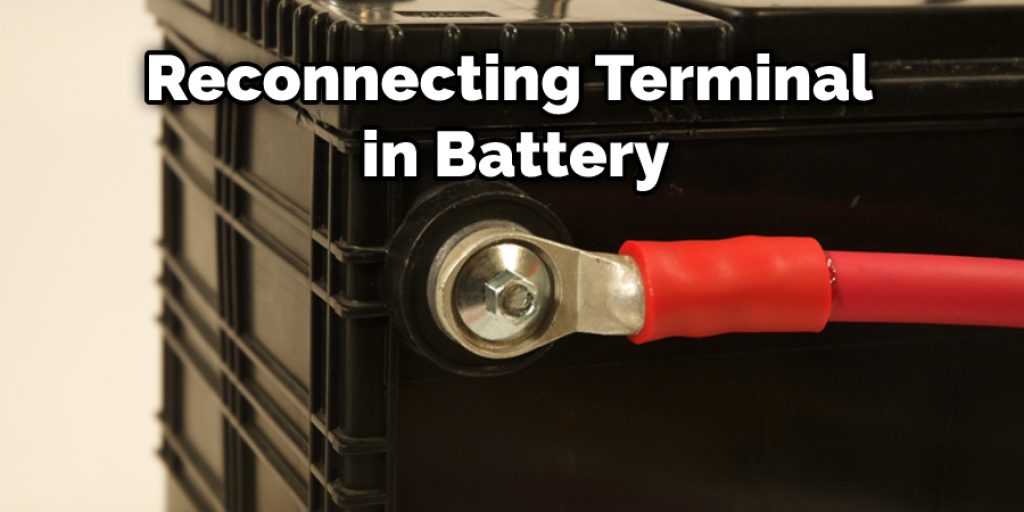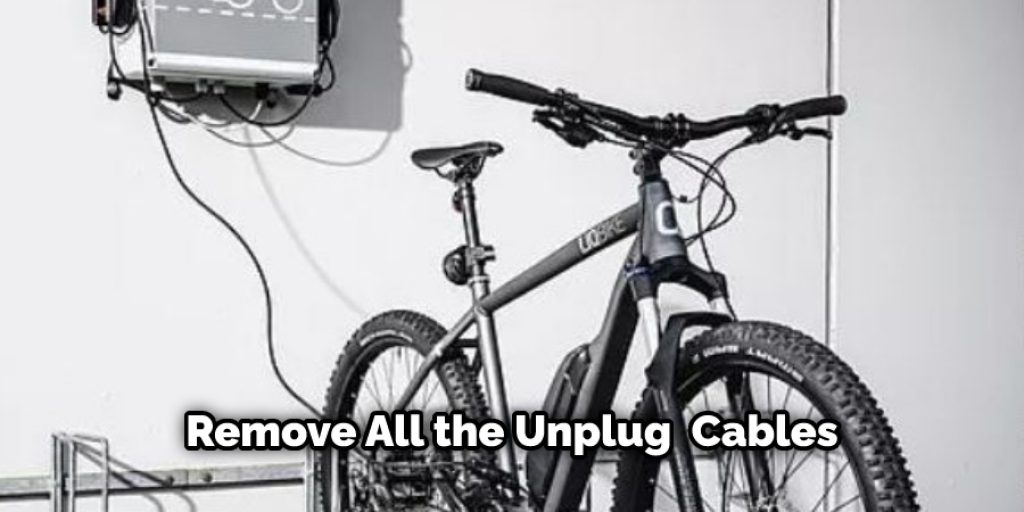How to Bring a Deep Cycle Battery Back to Life
Introduction
A deep cycle battery is a rechargeable battery that can provide a high discharge current at low voltage for an extended period of time.
The major difference between an ordinary car or boat lead-acid battery and a deep cycle rechargeable battery in terms of performance characteristics that make it stand out from other types of batteries is its ability to deliver a large amount of current over long periods of time without damaging the battery cell beyond repair.

A deep cycle battery is also known as a marine / RV (recreational vehicle) battery due to its popularity in boats and RVs. This article will discuss the different aspects of deep cycle batteries and how to bring a deep cycle battery back to life. So let get started.
Characteristics of A Deep Cycle Battery:
- Deep cycle batteries are made of plates that are lead (Pb).
- Plate thickness is generally 2.75mm-3.5mm, and the material used to make lead plates can be tin or antimony alloy plate instead of Pb plate.
- The positive electrode is nickel, and the negative electrode is lead. In addition, the negative electrode may contain a small amount of manganese dioxide as an inhibitor.
- For deep cycle batteries, most of them still use calcium-alloy grid type separator because it has good performance on resisting swelling when water loss happens in normal working conditions where charging and discharging rates are high for a long time; however, some new generation deep cycle batteries use non-woven separator which has poor swollen resistance but good performance on swelling resistant when it is used in float working conditions where the charging and discharging rates are lower for a long time.
- The corrosive liquid inside deep cycle batteries is a mixture of sulfuric acid(H2SO4) and water, also called electrolytes.
- A lead-acid battery can be charged with a reversal current, considering the characteristics of a negative electrode whose capacity is larger than that of a positive electrode, about 3%. The shorter the battery’s life will be, the higher the rate at which it is charged. If this process continues until all active material in the plates has been consumed, electrical discharge ceases because there is no longer any reaction to drive the charge.
- Lead-acid batteries are generally charged using constant voltage systems, which terminate the charging process when the battery’s voltage reaches a value typically between 14.4 and 15 V (flooded) or 16 V (sealed). A special sealed lead–acid battery used in aircraft uses superimposed pulses of current to top off the charge on NiCd batteries. This technique is known as “peak-charging.”
Step-wise Guide on How to Bring a Deep Cycle Battery Back to Life
Deep cycle marine batteries are used in several applications, including caravans, boats, electric vehicles, and backup power systems. These deep cycle batteries are designed to discharge up to 80% of the battery’s rated capacity; they can withstand repeated discharges over a long time without any damage. This is why they are also called “deep discharge” batteries.
To avoid having the above-mentioned problems, people can take simple steps to bring their deep cycle batteries back to life by following this guide:
Step 1:
Make sure you have a quality charger to charge your specific type of deep cycle battery installed in your vehicle or boat.

Step 2:
The next step involves locating the positive terminal (black cable) and the negative terminal (red cable) connecting to the battery posts. You would need a wrench or pliers for this and disconnect the cables from their respective posts.
Step 3:
This step is important in bringing your deep cycle batteries back to life. Connect the positive lead of a fully-charged 12-volt car battery with the positive terminal of your discharge but undamaged deep cycle marine battery.
Step 4:
Repeat Step 2 as you start reconnecting your negative terminal (red wire) with its post and then reconnecting your black wire back onto its post on the opposite post from the red cable that remained connected to it earlier in Step 1.

Step 5:
Now that both terminals are reconnected properly switch on your 100 Amp car battery charger and allow it to charge your deep cycle marine battery for about 2 hours. Do not start the vehicle or boat engine before this process is completed, as incomplete charging could permanently damage the Ni-Cad cells in your deep cycle battery.
Step 6:
Once you have followed Step 5 correctly and allowed enough time for proper charging without damaging the cells in your battery, switch off the charger, unplug it from its power outlet and remove all cables from their respective posts.

This would bring back life into your deep cycle batteries. In addition, it will help restore them to a fully charged capacity after being discharged by operating an electric starter motor of a vehicle or spinning up an alternator on a boat. These steps are also applicable for making other types of 12-volt batteries like gel and lead-acid batteries.
Step 7:
You can follow similar steps to bring back life into your dead deep cycle marine battery by repeating Steps 2 through 6. You need to ensure that you are using a wire brush to remove any corrosion from the battery posts and terminals before making connections; however, moving on to Step 3.
This will increase your chances of bringing your dead deep cycle battery back to life. The positive terminal (the red cable) should be connected first with the battery’s positive terminal and then replaced with its negative counterpart (black cable).
What Are the Different Types of Deep Cycle Batteries?
Different types of deep-cycle batteries include:
- Gel Cell Batteries: These are sealed lead-acid batteries with a gel electrolyte instead of a liquid acid. They offer superior vibration resistance, making them ideal for powering vehicles or marine applications.
- AGM (Absorbed Glass Mat) Batteries are lead-acid batteries with absorbent glass mats separating the cells. They provide more efficient charging than wet cell designs and offer superior discharge characteristics.
- Flooded Lead Acid Batteries: These traditional lead-acid batteries require regular maintenance and refilling of the cells with distilled water. Despite their drawbacks, these are still the most common type of deep cycle battery available today.
- Lithium Ion Batteries: This newer technology offers high power density and no maintenance costs. However, they tend to be much more expensive than other deep cycle batteries, so they are often used in high-end products such as electric cars or medical equipment where performance is key.
How To Disulfate a Deep Cycle Battery at Home?
Keeping your deep cycle battery safe and functional is essential to home maintenance. Disulfating a deep cycle battery can help to increase its lifespan and keep it running longer. To disulfate a deep cycle battery at home, you’ll need some supplies like baking soda, a hydrometer, a charger, and a charger adapter.
First, disconnect the terminals from the battery to ensure it has completely disconnected from the circuit. Using baking soda, make a paste with water and apply it to each post on the battery for about 10 minutes.
Next, use the hydrometer to measure the specific gravity of the electrolyte in each cell of your deep-cycle battery. Then use a charger or an adapter to charge your deep-cycle battery slowly until it is completely charged. Finally, allow your battery to sit for 1-2 days before using it again to ensure that all sulfation has been removed.
Safety Tips
When working with lead-acid batteries, you should wear protective gloves, glasses, and masks. The battery electrolyte is sulfuric acid which will burn your skin. I would also recommend wearing sneakers or other closed-toed shoes because the lead in the plates can pierce right through your feet.
Conclusion
Batteries are necessary, and most people don’t even think about them. If you have batteries, ensure they’re always charged and ready to go. This is especially important if you have an emergency generator or solar panels hooked up in your home or on your boat. Now you should be able to keep your batteries going for years and even decades by taking good care of them.
Feel free to take a lead-acid battery on camping or long road trips, knowing that you can bring it back to life if necessary. I hope you have all the relevant information on bringing a deep cycle battery back to life. Thank you, and have a nice day!




